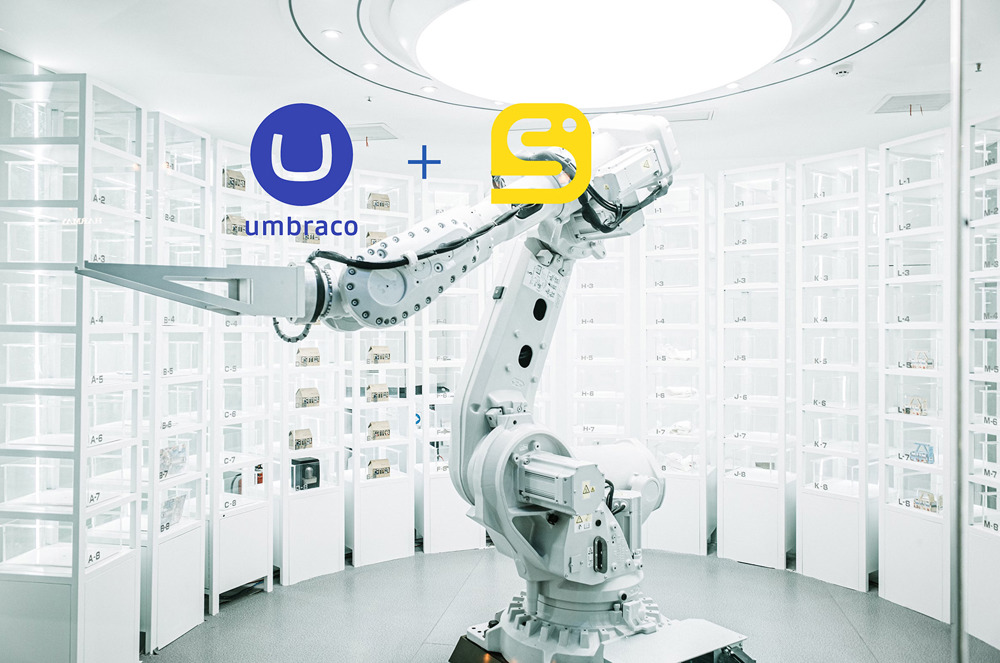

In today's digital world, "Contact Us" forms are a critical touchpoint between businesses and their customers. However, even with security measures like captcha in place, these forms are often targets for spam submissions. While ReCaptcha helps, it's not infallible. To further enhance the robustness of our contact forms, we developed an AI-powered workflow using OpenAI's GPT-4 model, integrated into Umbraco Forms.
Understanding the Challenge
Despite the inclusion of a captcha, our customer continued to receive spam submissions through their contact form. Traditional methods can only go so far, leading us to explore advanced solutions. Enter AI, which is capable of processing and classifying data on a much deeper level, making it ideal for spam detection.
Our AI-Driven Solution
We decided to harness the power of OpenAI's GPT-4 model, renowned for its natural language processing capabilities, to analyze and filter form submissions in real time. Here's a step-by-step breakdown of our implementation:
Integration with Umbraco Forms
First, we integrated the AI Assistant workflow directly into Umbraco Forms, ensuring seamless data flow. The workflow captures each form submission and sends it to the GPT-4 model for analysis.
Utilizing the OpenAI API
The core of our solution leverages the OpenAI API. We set up an API call within our Umbraco Forms workflow, which sends the submission data to GPT-4 for evaluation. The model analyzes the content, identifying characteristics typical of spam.
Analyzing GPT-4 Responses
GPT-4 evaluates each submission based on its training data and patterns it has learned, providing a score or classification. We implemented a custom function to interpret these results, distinguishing genuine inquiries from spam.
Action Based on Evaluation
Depending on whether the submission was classified as spam or not, our workflow either logs the spam entry for further review or processes it as a legitimate inquiry. This dual-action ensures that all submissions are accounted for while minimizing spam clutter.
Continuous Learning
AI models like GPT-4 are continually learning. We improve the model's accuracy over time by feeding back both false positives and false negatives. This creates a feedback loop, enhancing the AI's effectiveness in detecting spam specific to our customer's context.
Benefits of Using GPT-4 for Spam Filtering
- Enhanced Accuracy: The GPT-4 model provides a more nuanced analysis than traditional filters, reducing false positives and negatives.
- Scalability: The solution can handle an increasing volume of submissions without a drop in performance.
- Adaptive Filtering: As the AI encounters more data, it learns and adapts, improving its spam detection capabilities over time.
- Seamless Integration: The API integration ensures that this advanced functionality fits smoothly within the existing Umbraco Forms infrastructure.
Conclusion
By leveraging the power of OpenAI's GPT-4 model, we've transformed our customer's contact form submission process, drastically reducing spam and improving the overall user experience. AI-driven workflows represent the future of digital form security, offering detailed and adaptive analysis that outperforms traditional methods.
If you're battling spam despite existing measures, consider incorporating AI into your workflow. It's a powerful tool that not only alleviates immediate concerns but also evolves with your needs to ensure long-term efficacy.
Stay tuned for more insights into how AI can revolutionize everyday business processes and enhance your digital presence. If you have any questions or need assistance with implementation, feel free to reach out to Scandia's experts!
Latest and Related Articles
We think you may enjoy some more of these articles that are up next!

Basic Tips to Optimize Your Website for Lead Generation
In our evolving consumer-driven world, a company’s digital presence is key to gain a wider reach and draw consumers t...


Spring EQ Launches a Fresh, High-Impact Digital Experience with Scandia
Scandia partnered with Spring EQ to launch a modern, conversion-focused mortgage website in just eight weeks. Built o...


National Cyber Security Awareness Month: Protect Your Website with These Tips
As the digital landscape continues to expand, so do the threats that target websites and online platforms. Cybersecur...

